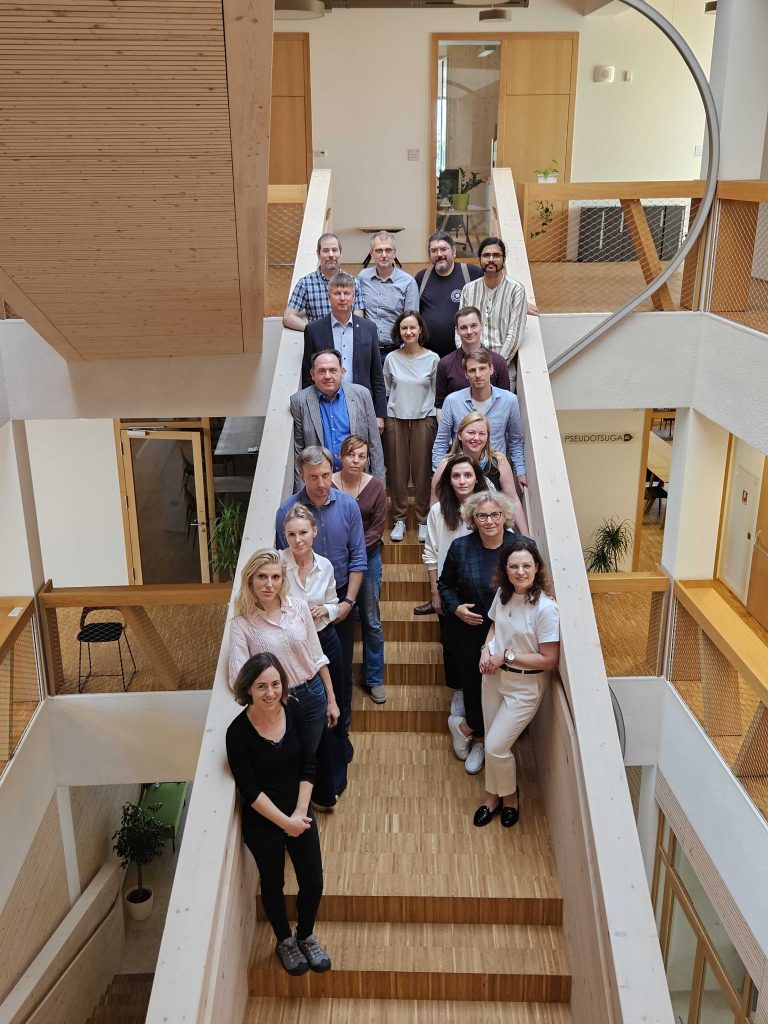
October 22, 2024


Dean Lipovac, assistant researcher at InnoRenew CoE; main area of research: effects of the built environment on human health
On the Slovenian coast. Leaving aside the most annoying mosquitoes in the world, I’m very happy with this location.
I studied psychology. We, people, are quirky creatures and I have always wanted to know why.
I shouldn’t disclose too much, as readers of this interview might want to take part in our studies someday. But I can safely say that I study mental health in the built environment. Should somebody want to learn more, I’ll be happy to provide more information, but they must be willing to participate in one of our experiments first. ? Just in case I haven’t been clear enough, let me say this again in other words: Dear reader, do take part in our studies, please.
I sit down at my computer. Check my e-mail. I soon realise I need a coffee. I have a coffee. In the next few hours, I don’t pay attention to anybody or anything not related to my work (I do a great deal of reading, clicking, and writing). Eventually, I get tired and start to feel that everything is futile. Then I remember once again that there is coffee in the world, and life becomes pleasant once more.
Discovering new things. Sadly, I must often content myself with discovering pretty unexciting things. For instance, today, my main discovery was a useful new keyboard shortcut in Microsoft Word.
Lack of attention. After long hours of reading and writing, my brain often refuses to cooperate. It wants away, out into nature, before a TV, to the beach, and I can’t always give in to these urges. And, of course, my brain “rewards” me with an irritable mood.
Charles Darwin. With his work, he not only revolutionised biology but also set the foundations for psychology. He inspired the emergence of evolutionary psychology which, if compared to other branches of psychology, looks further into the background of human behaviours and thoughts, therefore providing more profound insights.
All the films and books that make me laugh. Laughter is probably the best tool for maintaining and improving mental health – and it is great exercise for stomach muscles.
I’m reading Pierre Rousseau’s The History of Science, an enlightening narrative about the transformation of protracted periods of deeply-rooted superstitions into the age of scientific thought. The book gives insights into the hard work and time invested by humankind for those of us living today to know what we know and have what we have. While reading, I started to feel that we don’t sufficiently appreciate those feats of achievement.
My home. There, I’m greeted by the smell of the sea, a lively dog, and my smiling girlfriend. And cold beer, of course. I hardly ever find this combination elsewhere.
Caffeine.
Our thoughts and impulses are the result of evolution. They exist to make sure we survive and pass on our genes to the next generation and not to ensure our happiness. This is why they may sometimes (or even often) seem quite stupid, and, at such moments, we don’t have to listen to them.
Wood is the only material that enables us to feel a touch of nature almost anywhere we want – in furniture, window frames, doors, floors, roofs, fences, decorations, jewellery, photo frames, cell phone cases, computer housings, cars, bicycles…